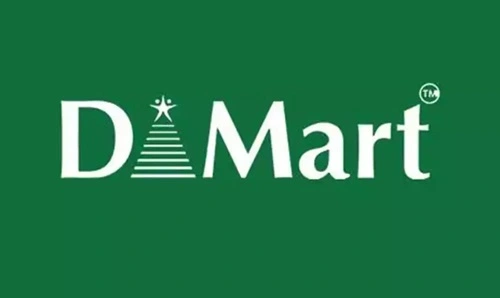DMart, a leading Indian supermarket chain operated by Avenue Supermarts, has grown to become one of the most successful players in India’s retail sector. Established by billionaire Radhakishan Damani in 2002, DMart has developed a reputation for offering high-quality products at low prices. Its strategy revolves around cost efficiency, bulk purchasing, and maintaining a robust supply chain. By the end of FY 2024, DMart’s financial performance showed steady growth, although the company is facing increasing competition from both traditional retailers and online platforms.

Current Overview of DMart
DMart reported an 18.56% increase in revenue, but profits only grew by 13.17%, highlighting margin pressures. Despite these challenges, DMart continues to be a growth-oriented company, reinvesting most of its cash flows into expanding its operations, owning the majority of its stores rather than leasing them, which sets it apart from many competitors. However, concerns have been raised about slow-moving inventory and the increasing competition from online retailers such as Amazon and Flipkart.
DMart SWOT Analysis
Strengths
1. Cost Leadership: DMart’s ability to offer products at competitive prices is one of its most significant strengths. The company operates on a “no-frills” model, focusing on cutting costs wherever possible, which allows it to pass savings onto consumers. This strategy has helped DMart build a loyal customer base.
2. Efficient Supply Chain Management: DMart’s supply chain strategy, including bulk purchasing and maintaining zero credit with suppliers, allows it to procure goods at discounted rates. This ensures low pricing and sustains the company’s cost leadership.
3. Brand Equity and Localized Approach: Over the years, DMart has developed strong brand equity associated with affordability and reliability. The company also tailors its stores and product offerings to local preferences, improving customer satisfaction and loyalty.
4. Wide Product Range: DMart’s product portfolio covers groceries, household items, and apparel, which helps it appeal to a broad customer base, encouraging repeat visits.
Weaknesses
1. Limited Geographic Presence: DMart’s operations are concentrated in specific regions of India, particularly in the western states. This limited reach exposes the company to regional economic fluctuations and reduces its potential to tap into the broader Indian market.
2. Slow Growth and Conservative Expansion: While DMart has been operational for over two decades, its expansion has been relatively slow compared to competitors like Reliance Retail. Its long-term focus has restricted faster market capture.
3. Underdeveloped E-commerce Platform: Despite the growing shift toward online shopping, DMart’s digital presence remains underdeveloped compared to competitors like Amazon and Flipkart. This lack of a strong e-commerce platform limits its ability to reach a wider audience.
Opportunities
1. Expansion into Untapped Markets: With India’s retail sector continuing to grow, there are significant opportunities for DMart to expand into tier-II and tier-III cities, which remain largely untapped. This expansion can help DMart increase its market share and customer base.
2. Investment in E-commerce and Technology: Enhancing its e-commerce platform and adopting advanced technologies such as AI and IoT could allow DMart to provide value-added services, improve customer experience, and compete more effectively with online retailers.
3. Product Diversification: DMart can explore opportunities to expand its product range beyond groceries and household items. Entering higher-margin categories such as electronics or wellness products could help the company diversify its revenue streams.
Threats
1. Intense Competition: The Indian retail landscape is highly competitive, with established players like Reliance Retail and new-age e-commerce platforms like Amazon and Flipkart constantly vying for market share. This competition can erode DMart’s margins and customer base.
2. Changing Consumer Preferences: The increasing preference for online shopping, especially in urban areas, poses a significant threat to DMart’s traditional brick-and-mortar model. Failure to adapt to these changing consumer behaviors could result in a loss of market relevance.
3. Regulatory and Political Challenges: DMart is subject to various government regulations and tax policies, which could impact its pricing strategy and profitability. Additionally, political instability or changes in regulations could further challenge its business operations.
Conclusion
DMart’s strategic focus on cost leadership and supply chain efficiency has positioned it as a formidable player in India’s retail market. However, the company must address its limited geographic presence and improve its e-commerce capabilities to remain competitive in an increasingly digital world. By capitalizing on opportunities in untapped markets, enhancing its online presence, and diversifying its product offerings, DMart can continue to grow and retain its competitive edge. Nonetheless, it must remain vigilant against rising competition and shifting consumer behaviors to sustain its leadership in the retail sector